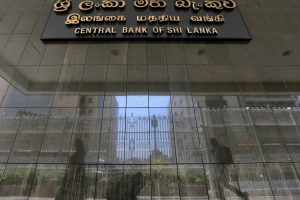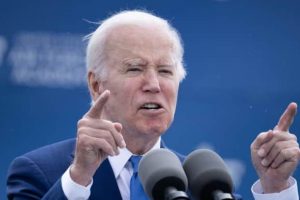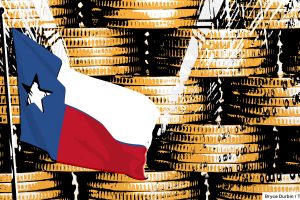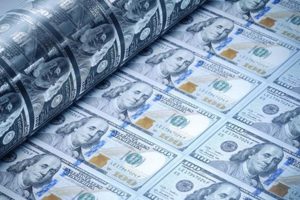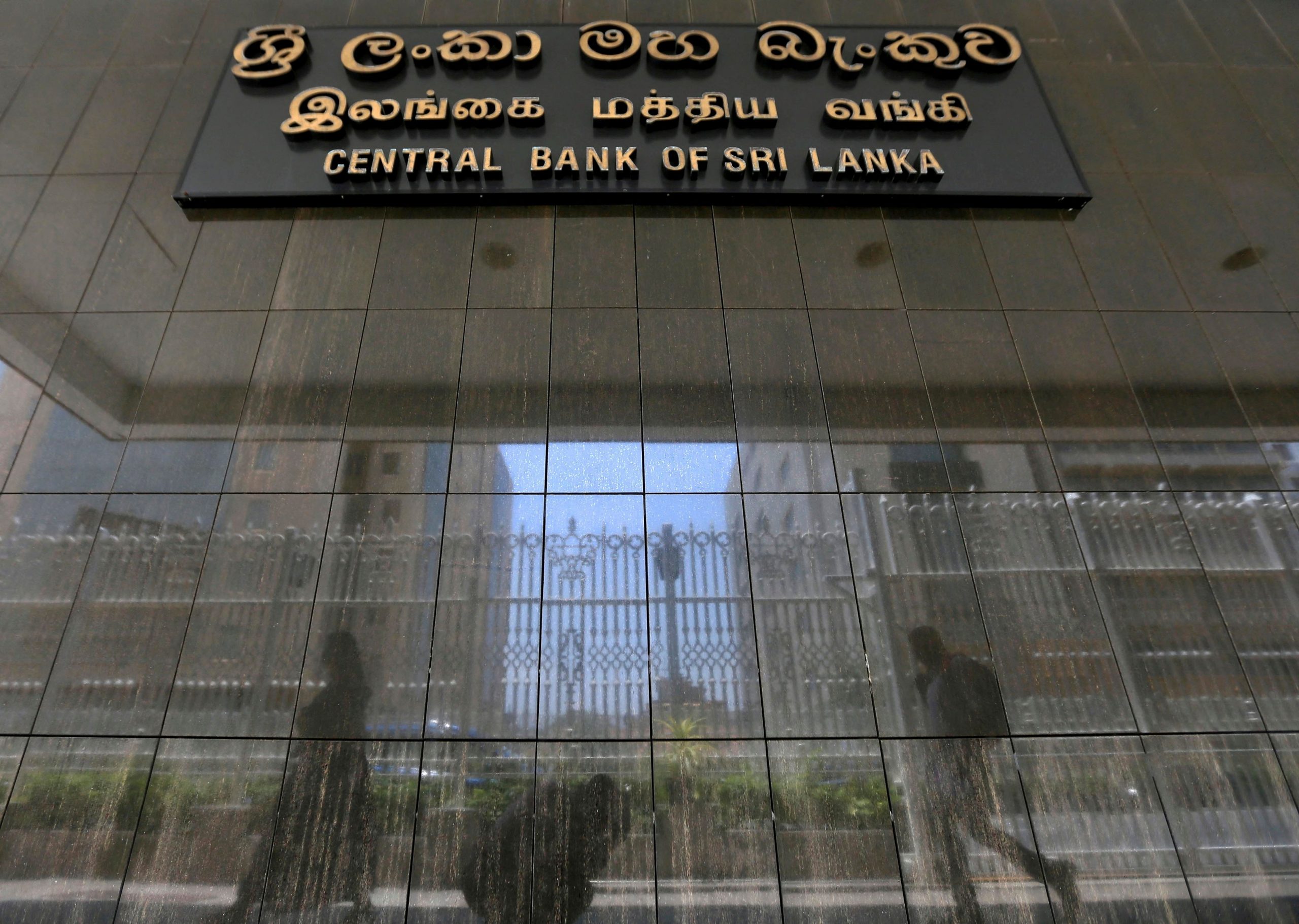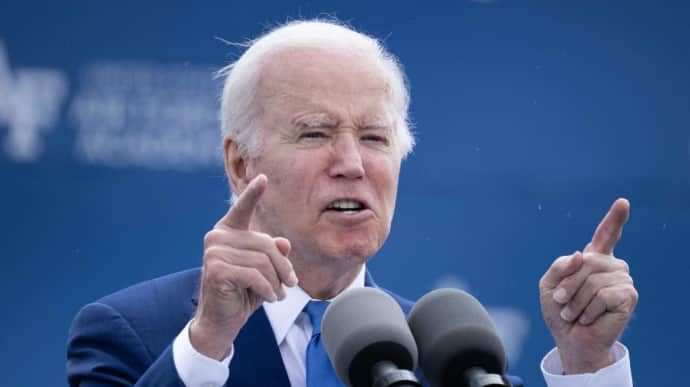Federal Reserve Governor Philip Jefferson suggested on Wednesday that the U.S. central bank might momentarily suspend its rate hikes in the imminent policy meeting. However, Jefferson emphasized that such a pause doesn’t necessarily signify the peak rate for this cycle has been reached.
Jefferson’s comments, made during a conference in Washington, DC, come amidst increased market anticipation for a June rate hike in response to recent labor market statistics showing a significant increase in job vacancies.
“A decision to maintain our policy rate unchanged in an upcoming meeting shouldn’t be interpreted as us having reached the highest rate for this cycle,” stated Jefferson. “Foregoing a rate hike at an upcoming meeting would provide the committee an opportunity to review additional data before making decisions about the degree of further policy tightening.”
The Job Opening and Labor Turnover Survey (JOLTS) report released on Wednesday disclosed a historic 10.1 million job vacancies at the end of April, up from the 9.8 million vacancies reported in March. This figure surpassed the predictions of economists who forecasted 9.4 million openings for the month.
The market’s reaction to the JOLTS report was immediate. Prior to the report’s release, the market predicted a less than 60% chance of a June rate hike. However, nearly 15 minutes after the release, the market’s expectation of a rate hike soared to 71%, according to the CME FedWatch Tool.
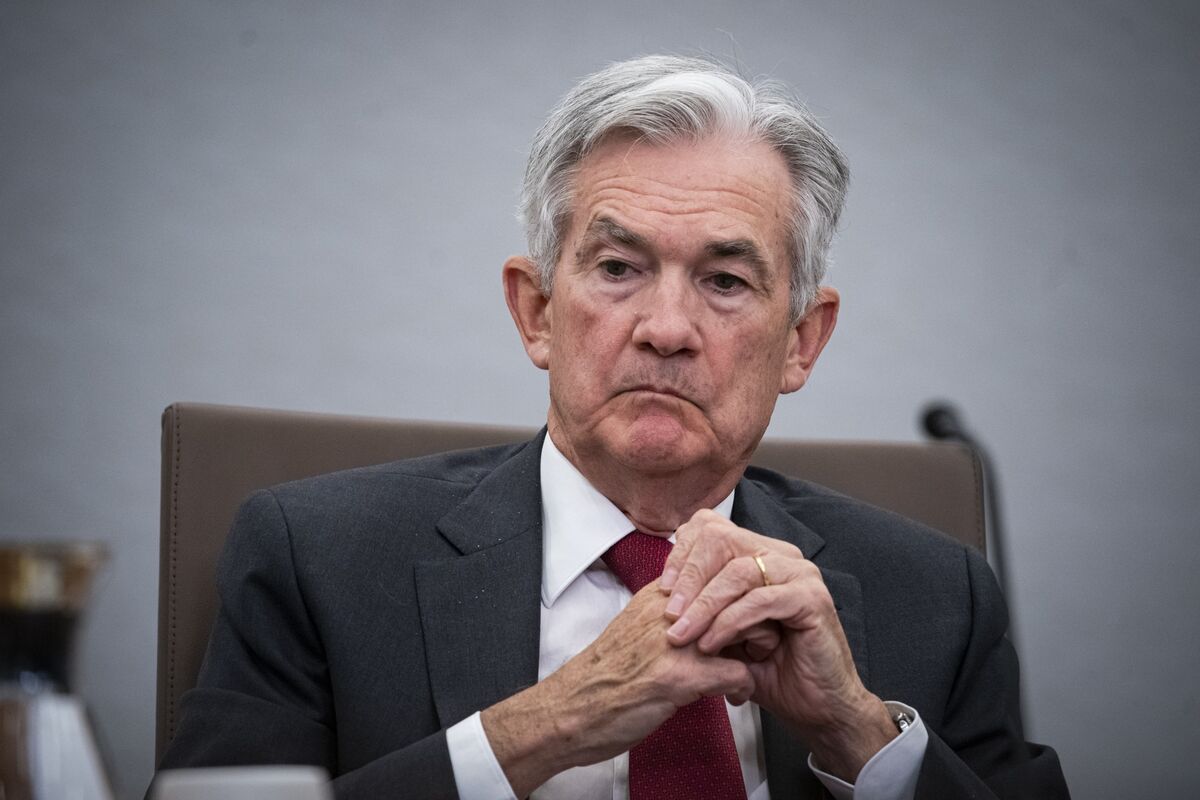
Jefferson’s remarks, as President Biden’s nominee for the vice chair of the Fed’s Board of Governors, emerge during a period of escalating ambiguity about the trajectory of the U.S. economy.
While Jefferson does not foresee a recession in his primary economic forecast, he predicts a slower economic growth for the remainder of the year due to factors such as diminished consumer sentiment, increased uncertainty, and a reduction in household savings accumulated during the pandemic.
Additionally, Jefferson cautioned about potential economic pressure points, particularly businesses’ capability to service debt in the context of higher interest rates and reduced profits. He also pointed out potential strain on banks having high exposure to long-term assets and a considerable proportion of uninsured deposits.
While expecting banks might stiffen credit standards in response to recent industry strains, Jefferson warned that the degree of tightening and its influence on the U.S. economy remain uncertain, adding another dimension of complexity to economic predictions.
In a separate update, Jefferson disclosed that federal banking authorities are developing a proposal for new bank capital requirements, expected to be released for public feedback soon.
Moreover, the Fed is contemplating strategies to expand the capacity of stress tests to encompass a broader scope of risks and detect vulnerabilities in the largest banks.
“By amplifying standardization, these reforms aim to boost transparency and public faith in risk-weighted assets while simultaneously reducing complexity,” Jefferson mentioned.
As the Federal Reserve sails through the tumultuous seas of economic recovery, Jefferson’s comments underline the central bank’s dedication to meticulous, data-informed decision-making. Despite external pressures, the Federal Reserve retains a prudent approach, acknowledging the assorted challenges facing the U.S. economy as it endeavors to regain stability in a post-pandemic world.
©traders-news.online
